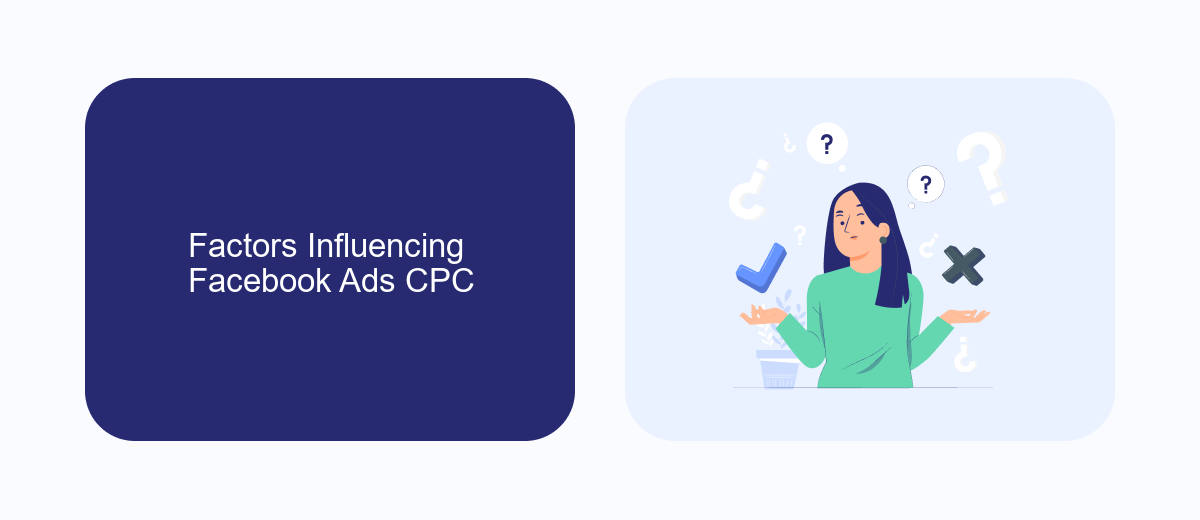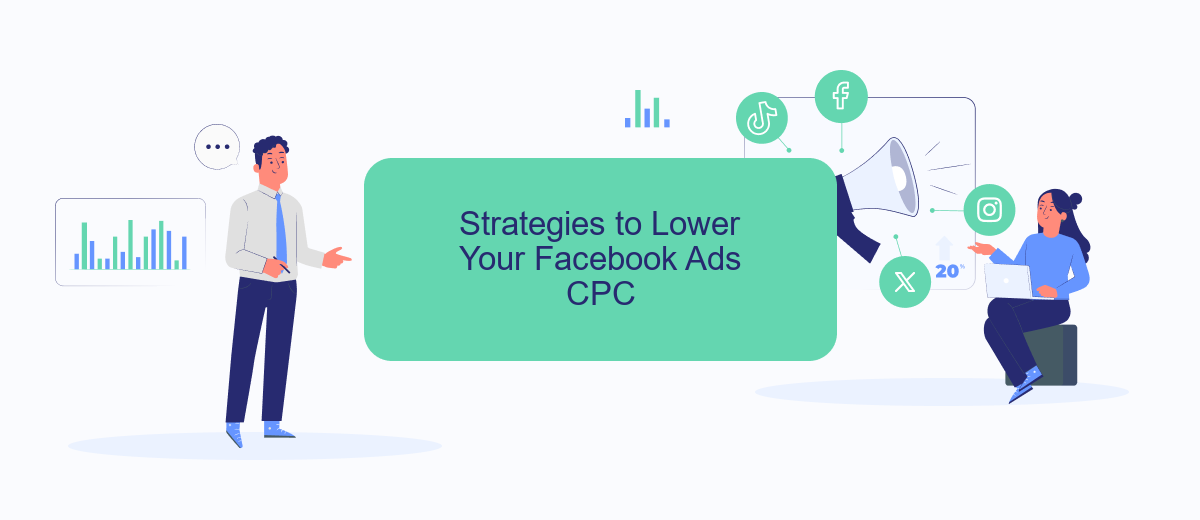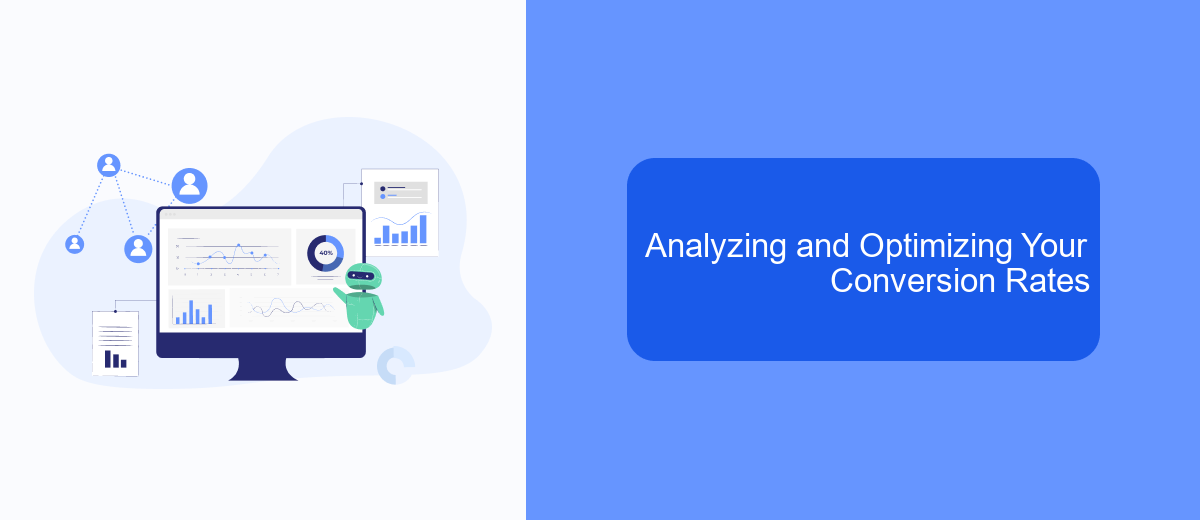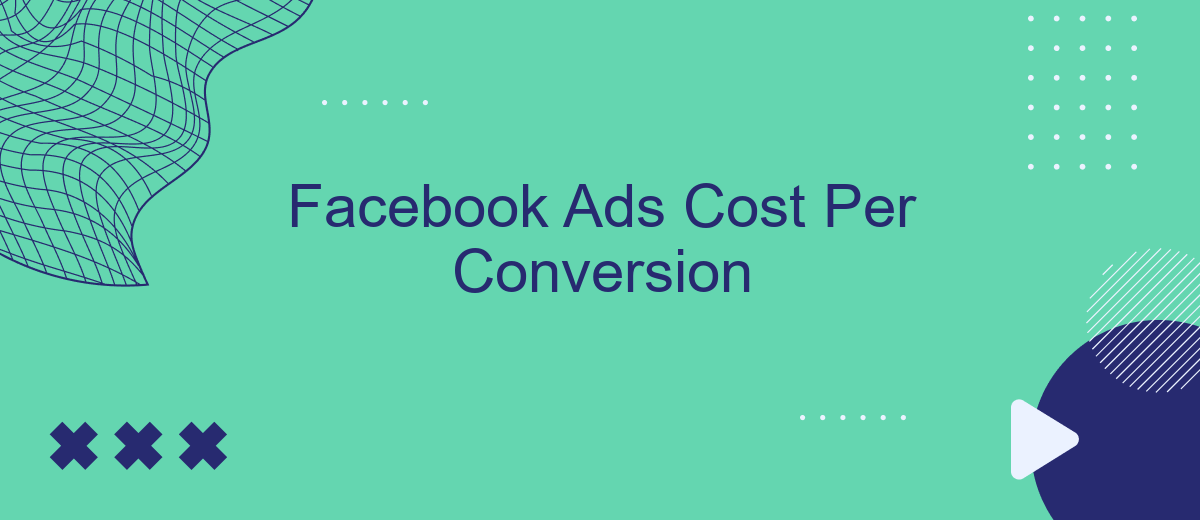In the ever-evolving landscape of digital marketing, understanding the cost per conversion for Facebook Ads is crucial for optimizing your advertising budget. This metric not only helps in assessing the effectiveness of your campaigns but also in strategizing for better returns on investment. By analyzing factors that influence cost per conversion, businesses can fine-tune their approach to achieve more cost-efficient and impactful advertising outcomes.
Understanding Facebook Ads Cost Per Conversion
Understanding the cost per conversion for Facebook Ads is crucial for optimizing your advertising budget and maximizing return on investment. The cost per conversion indicates how much you are spending to acquire a customer or achieve a specific action, such as a sale or sign-up. This metric helps advertisers gauge the effectiveness of their campaigns and make informed decisions about budget allocation and strategy adjustments.
- Bid Strategy: Choosing between cost cap, bid cap, or target cost can influence your cost per conversion.
- Ad Relevance: Ads that resonate well with the audience tend to have lower conversion costs.
- Audience Targeting: Precise targeting can reduce costs by reaching the most relevant users.
- Ad Placement: Different placements, such as feeds or stories, can impact your conversion cost.
- Campaign Objective: Aligning your campaign objective with your business goals is essential for cost efficiency.
By carefully analyzing these factors, businesses can better manage their Facebook Ads cost per conversion. Regular monitoring and testing are key to identifying what works best for your specific audience and objectives. Adjusting your strategy based on these insights will help improve your overall advertising performance and achieve your desired results more cost-effectively.
Factors Influencing Facebook Ads CPC

Several factors can significantly influence the Cost Per Conversion (CPC) for Facebook Ads. One of the primary determinants is audience targeting. The more specific and niche the target audience, the higher the potential CPC, as advertisers compete for a limited audience pool. Additionally, the quality and relevance of the ad content play a crucial role. Ads that resonate well with the target audience and align with their interests are likely to achieve lower CPCs due to higher engagement rates. Furthermore, the timing of the ad campaign can impact CPC, with costs often increasing during peak seasons or special events when competition is fierce.
Another critical factor is the ad placement strategy. Different placements, such as feeds, stories, or the audience network, may have varying CPCs based on user engagement levels and competition. Moreover, integrating with tools like SaveMyLeads can streamline the lead management process, ensuring timely follow-ups and potentially reducing conversion costs. By automating data transfer and enhancing efficiency, advertisers can focus on optimizing their campaigns, ultimately influencing the overall CPC. Understanding and adjusting these factors can help advertisers achieve more cost-effective conversions on Facebook.
Strategies to Lower Your Facebook Ads CPC

Lowering your Facebook Ads Cost Per Conversion (CPC) can significantly enhance the efficiency of your marketing budget. By implementing targeted strategies, you can optimize your ads to reach the right audience at a lower cost, thus improving your overall return on investment. Here are some effective strategies to consider:
- Audience Segmentation: Break down your audience into specific segments based on demographics, interests, and behaviors to tailor ads that resonate with each group.
- Ad Relevance: Ensure your ad copy and visuals are highly relevant to your target audience to increase engagement and reduce CPC.
- A/B Testing: Regularly test different ad variations to determine which elements perform best and refine your approach accordingly.
- Bid Strategy: Choose the right bid strategy, such as manual bidding, to have more control over your ad spend and optimize for conversions.
- Retargeting: Use retargeting campaigns to reach users who have previously interacted with your brand, increasing the likelihood of conversions.
By focusing on these strategies, you can effectively reduce your Facebook Ads CPC and maximize the impact of your advertising efforts. Consistently analyzing and adjusting your campaigns will ensure sustained success and a higher return on your ad spend.
Analyzing and Optimizing Your Conversion Rates

Understanding and enhancing your conversion rates is crucial for maximizing the efficiency of your Facebook Ads. Conversion rate is the percentage of users who take a desired action, such as making a purchase or signing up for a newsletter, after clicking on your ad. By analyzing this metric, you can determine the effectiveness of your ads and identify areas for improvement.
To optimize your conversion rates, start by reviewing your ad targeting and creative elements. Ensure that your ads are reaching the right audience and that the messaging resonates with them. Additionally, consider the user experience on your landing page, as a seamless and engaging experience can significantly boost conversions.
- Test different ad formats and creatives to see which performs best.
- Utilize Facebook’s A/B testing tools to compare variations.
- Analyze demographic data to refine your target audience.
- Optimize your landing page for mobile users.
Regularly monitoring and adjusting your Facebook Ads strategy based on conversion rate data is essential for sustained success. By implementing these optimization techniques, you can increase your return on investment and achieve your advertising goals more efficiently.
- Automate the work with leads from the Facebook advertising account
- Empower with integrations and instant transfer of leads
- Don't spend money on developers or integrators
- Save time by automating routine tasks
Benchmarking and Industry Averages for Facebook Ads CPC
Understanding the benchmarks and industry averages for Facebook Ads Cost Per Conversion (CPC) is crucial for businesses aiming to optimize their advertising budgets. On average, the CPC can vary significantly depending on the industry, target audience, and ad quality. Industries such as finance and insurance typically experience higher CPCs due to competitive markets, while sectors like apparel or travel might see lower rates. Regularly monitoring these averages allows advertisers to set realistic expectations and adjust their strategies accordingly.
To effectively manage and optimize Facebook Ads CPC, businesses can utilize services like SaveMyLeads. This platform automates lead data transfer from Facebook Ads to various CRM systems, ensuring that conversion tracking is seamless and accurate. By integrating such tools, companies can better analyze their ad performance and make data-driven decisions to enhance their campaigns. Staying informed about industry benchmarks and leveraging automation tools are key steps in maintaining a competitive edge in the dynamic world of digital advertising.
FAQ
What is Cost Per Conversion in Facebook Ads?
How can I lower my Cost Per Conversion on Facebook Ads?
Why is my Cost Per Conversion increasing on Facebook Ads?
How do I calculate the Cost Per Conversion for my Facebook Ads campaign?
What is a good Cost Per Conversion for Facebook Ads?
Are you using Facebook Lead Ads? Then you will surely appreciate our service. The SaveMyLeads online connector is a simple and affordable tool that anyone can use to set up integrations for Facebook. Please note that you do not need to code or learn special technologies. Just register on our website and create the necessary integration through the web interface. Connect your advertising account with various services and applications. Integrations are configured in just 5-10 minutes, and in the long run they will save you an impressive amount of time.

